A docudrama about the Spanish Armada features a number of Sligo and Leitrim attractions.
This news item and page contain affiliate links and I may earn compensation when you click on the links at no additional cost to you.
The 27-minute action-packed film titled, “Armada 1588: Shipwreck & Survival,” tells the story of Francisco de Cuellar, a Spanish sea captain whose ship was wrecked on Streedagh Strand in 1588, along with his incredible seven-month run from the British.
The film was officially released on May 19, 2020.
Armada 1588: Shipwreck & Survival (Film Trailer – English) from Omedia on Vimeo. You can purchase a digital version of the film here.
De Cuellar was captain of the San Pedro, one of the front squadrons of the Spanish Armada fleet, which had been making its way home to Spain from England after their defeat against the British.
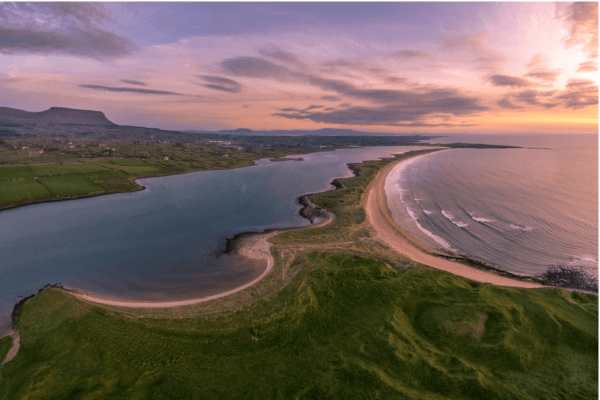
His ship and two others broke away from the main fleet and found themselves anchored along the Irish coast, about a mile off Streedagh Strand in County Sligo.
On the fifth day, all three ships of the Spanish Armada were driven onto the strand and broken into pieces during a violent winter storm.
Of the 1,000 men on board, only 300 survived. de Cuellar was one of them.
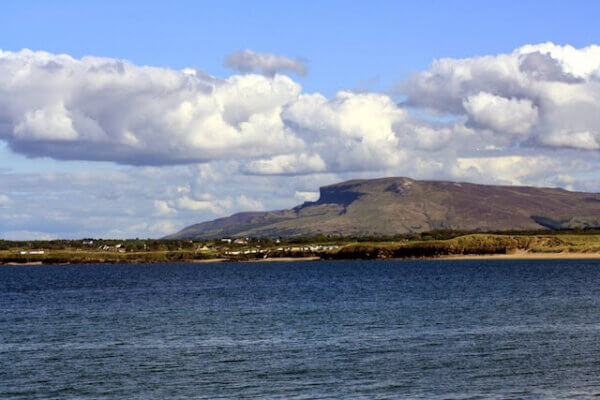
With the help of friendly Gaelic chieftains, de Cuellar managed to escape and lived to tell the tale in a lengthy account of his adventure.
By clicking on the Amazon link below, I may earn a small commission from the Amazon Associates Program, but only if you decide to buy something on the site. However, you will not incur any additional costs by doing so.
His writings and subsequent adventures served as the basis for the film, which was produced by Mediacoop, with support from the Sligo-based production company Omedia.
The film was funded by the Irish government’s Department of Rural & Community Development, Sligo County Council, and Spanish Armada Ireland under the Town & Village Renewal Scheme.
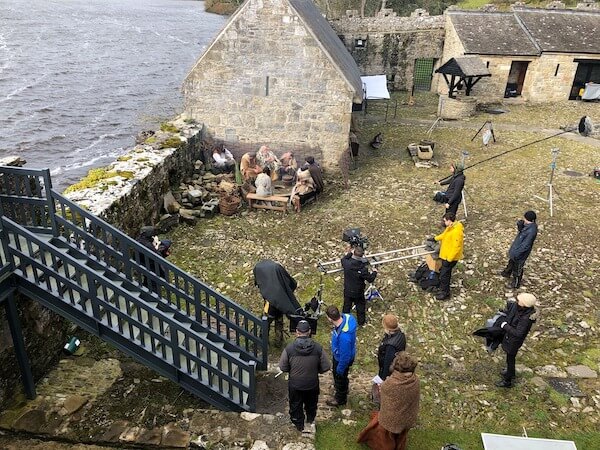
Filmed over four days in February 2020, many of the action shots took place in several notable places in the area and include some Sligo and Leitrim attractions, several of them mentioned by de Cuellar in his writings.
They include the following.
Streedagh Beach
No wreckage is visible on the beach but plenty of it has washed up on the shore over the years and more of it has been discovered in underwater dives.
As storms ravage the area, particularly during the wintertime, more evidence may be revealed.
Anything that has been found underneath the layers of sand was taken away for further investigation.
Streedagh Beach offers more than just a walk along Sligo’s beautiful coastline.
Near the beach, you’ll find a wedge tomb and a court tomb.
The wedge tomb was exposed by a violent storm in 1840. It dates to around 2,500 B.C. (the beginning of the Bronze Age).
From there, you’ll have commanding views of Benbulben and the Dartry Mountains.
Streedagh Beach is also the closest point to Inishmurray, an uninhabited island that includes the remains of a monastic site.
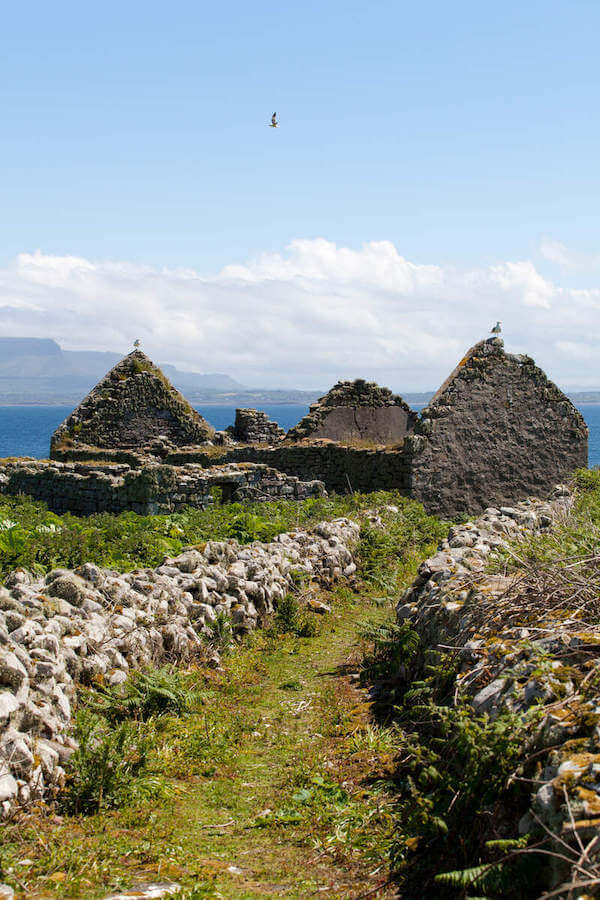
There were over 100 people living on the island in the late 19th century, but by 1948, they had all left.
Up until 2018, it was possible to visit the island, but since then, commercial operators have been prevented from landing there due to safety concerns.
As you continue to walk along the beach, you’ll see the ribbed remains of what is locally known as the “Butter Boat,” evidence of an 18th-century shipwreck.
The beach is also popular with surfers.
Staad Abbey
The Abbey of Staad is located close to Streedagh Beach. It’s where de Cuellar went in search of some respite.
When he got there, he found the monastery deserted and “twelve Spaniards hanging in the church.”

Historians believe that the abbey was founded by St. Molais during the early medieval period and that it may have been part of the monastic settlement on Inishmurray.
While only a single gable wall exists today, historians believe it may have been a place where clerics or pilgrims stopped on their way to the island.
By clicking on the Amazon link below, I may earn a small commission from the Amazon Associates Program, but only if you decide to buy something on the site. However, you will not incur any additional costs by doing so.
Hazelwood Forest
Hazelwood Forest is located near the shores of Lough Gill and is a popular spot for walkers.
It is also where some of the scenes for the docudrama were filmed.
It is located about 3 miles (5 km) from Sligo town.
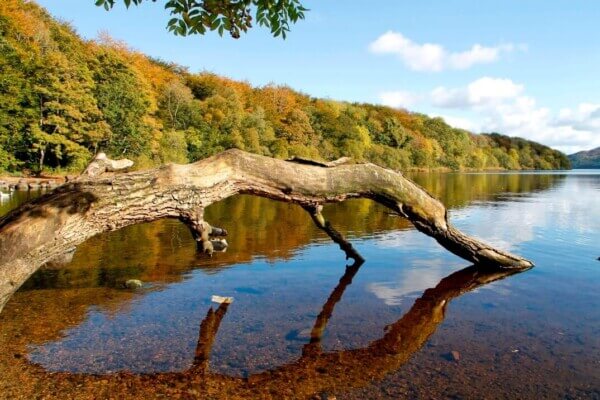
Take the forest trail and you’ll discover a number of wooden sculptures created by Irish and international artists, part of what is locally known as the “sculpture tour.”
Nearby is Hazelwood House, a Palladian-style mansion that was once the home of the Wynne family.
The house, which is now the location for Lough Gill Distillery, was designed by the noted architect Richard Cassells, whose other works include Leinster House, the printing house at Trinity College, the Rotunda Hospital, and more.
Glencar Waterfall
Beside Glencar Waterfall in nearby Co. Leitrim, de Cuellar discovers a group of unoccupied huts.
When he enters one of them, he finds three other Spaniards seeking refuge from the British.
This is when he decides to seek the help of Irish Chieftain Brian O’Rourke of Breffni.
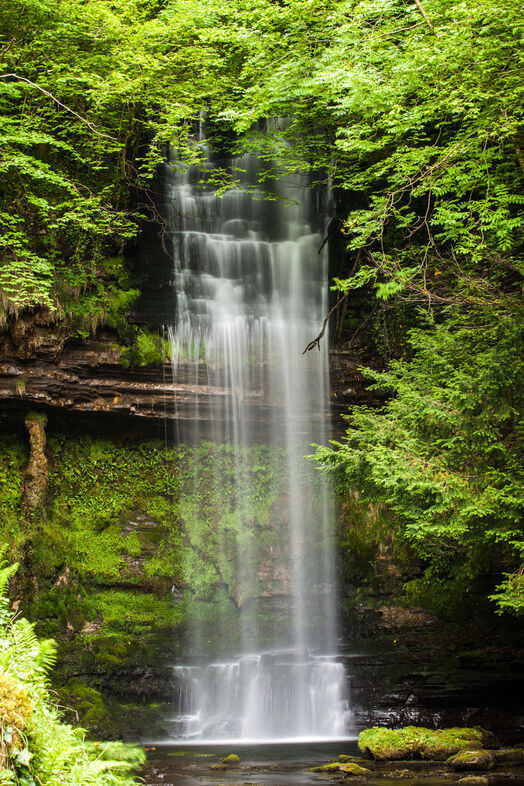
The waterfall, among one of the popular Sligo and Leitrim attractions, was made famous by the poet, William Butler Yeats, who mentioned it in his poem, “The Stolen Child.”
It is located about 6 miles (11 km) west of Manorhamilton.
O’Rourke’s Castle, Castletown
There’s not much remaining of this castle, once the stronghold of the O’Rourke clan in the Kingdom of West Breifne.

The kingdom existed from 1256 to 1605 and was located in what is now County Leitrim.
The kingdom came into existence after a battle between the O’Rourke and O’Reilly clans.
de Cuellar and other Spaniards sought shelter there.
However, O’Rourke would pay dearly for supporting the Spaniards, accused of treason. In 1591, he was executed in London.
Parke’s Castle, Co. Leitrim
This was another one of the O’Rourke strongholds, which was rebuilt in the 17th century.
It is located along the shores of Lough Gill.
de Cuellar is also believed to have sought refuge there as he fled from the British.
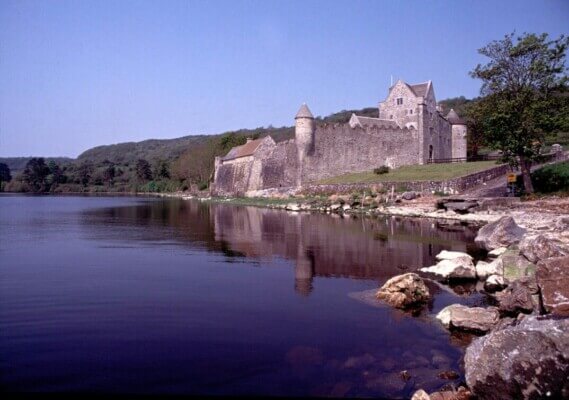
Excavations during the early 1970s revealed the base of the original O’Rourke tower house, where de Cuellar was entertained.
In his writings, he described his host this way:
“Although this chief is a savage, he is a good Christian and an enemy of the heretics and is always at war with them.”
During the plantations of Leitrim, Sir. Robert Parke inherited the castle and its surrounding estate.
Parke's Castle is open from March through September. Admission for adults is €5; seniors, €4, and €3 for children and students. A family ticket is €13. Guided tours can be arranged.
It is free to visit until the end of 2021.
